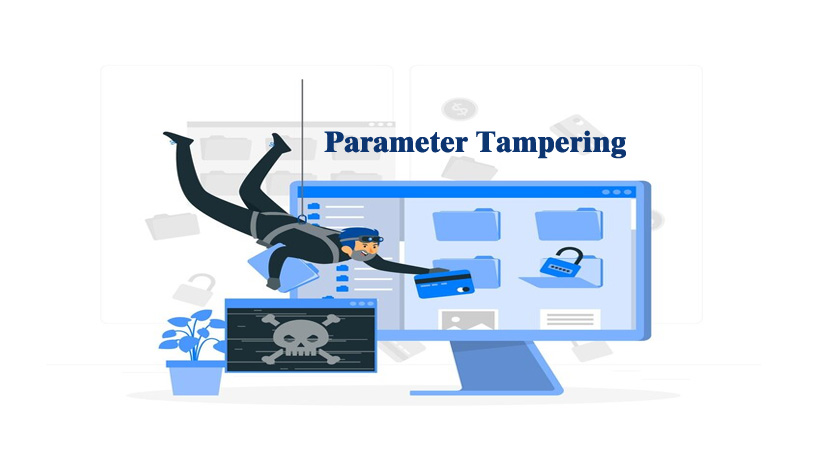Parameter tampering is a web attack that interferes and manipulates the application business application between server and client to alter application data such as price information, user credentials, permissions, and more. This will lead to complete system compromise from unauthorized data access and threats that will reach consequences. It is essential to understand the process of parameter tampering, especially for developers and security professionals, to protect the system against unauthorized manipulations.
The result of parameter tampering will go beyond mere data theft or even website defacement. It can create the issue of corrupting database queries, exposing confidential data, and affecting the integrity of e-commerce transactions. We’d like to understand this tampering.
Parameters are a building block of web applications that will carry the data and instruct the server on how to react to a user request. They are embedded with cookies, HTTP headers, and URL queries and advise the server on responding to a user request. So, when these parameters are manipulated, the server gets tricked into working on actions that benefit the attackers. Suppose, for example, altering the user request or revealing confidential data. This entire process is called parameter tampering.
Conclusion of Parameter Tampering
In conclusion, parameter tampering will range from unauthorized access to any account to exposing confidential data. The primary manipulation can be changing a number in a URL, or it can be as severe as putting malicious content into form fields. However, any of these can cause a massive problem for a user or organization and lead to huge losses. Attackers can exploit your reputation or destroy your financial status without you knowing. So, it is essential to keep checking on parameters constantly. If there is any deviation in the pattern, you must take a security step and protect yourself from getting attacked. Several software tools are available to detect any issue.

